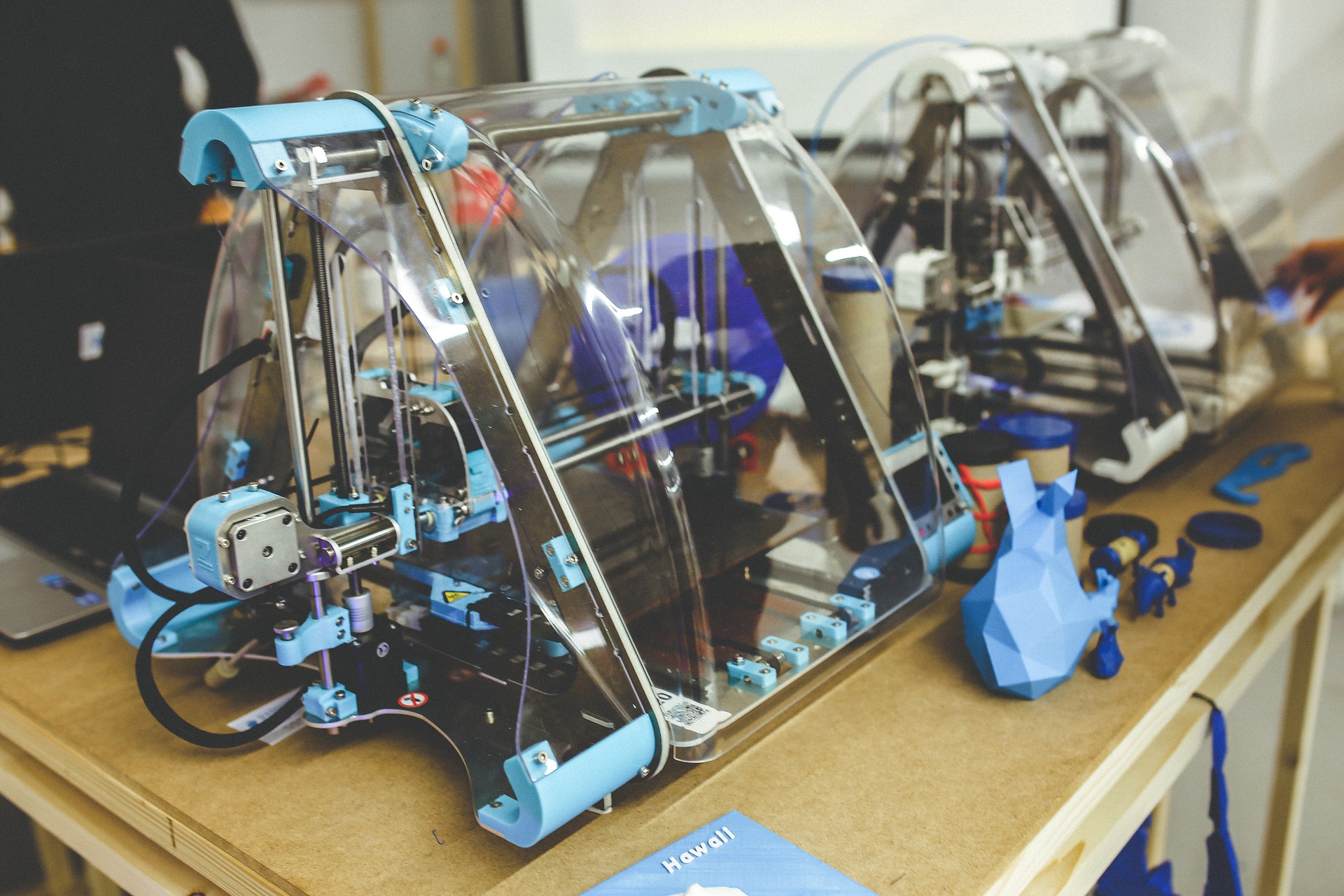 via PRNewswire -- The race to help bring automation to smaller manufacturers got a big bump recently as 3D software company announced the release of it's newest product aimed at smaller manufacturers and businesses. The technology, which works by removing several design-to-manufacturing steps now makes it possible for small operations to prototype and create custom or to-order pieces in less time than would traditionally be needed.
via PRNewswire -- The race to help bring automation to smaller manufacturers got a big bump recently as 3D software company announced the release of it's newest product aimed at smaller manufacturers and businesses. The technology, which works by removing several design-to-manufacturing steps now makes it possible for small operations to prototype and create custom or to-order pieces in less time than would traditionally be needed.
vPersonalize Announces First Integrated 3D Design and Manufacturing Automation Software for One-Off, Small Batch and On-Demand Manufacturing
California based vPersonalize Inc. a pioneer in 3D design and automation software for on-demand manufacturing, today announced the launch of its new, unified design-to-manufacturing software for brands, designers and manufacturers to enhance operational efficiency, optimize product development, and help bring innovative products to market quickly.
Leveraging a portfolio of patented technologies, vPersonalize Inc (www.vpersonalize.com) delivers the only design to manufacturing automation solution that makes small batch and custom manufacturing viable at regular price points. The cloud-based platform provides the ability to quickly choose from a catalog of pre-made products or digitize one's own custom product and then design, proof or co-create and automatically have them converted into size-graded, production ready patterns, through a linked e-commerce and order management system. Designs can be transferred automatically across entire product lines, generating multiple SKUs across different styles, materials, and sizes.
"We see the future as being inventory-light and on-demand, where long design lead times, absence of inventory intelligence, product line limitation and a lack of customization are a thing of the past," says Bala Selvarajan, Co-founder and CEO of vPersonalize. "With on-demand manufacturing, brands can now make what sells, when it sells and quickly get it to where it sells," he adds.
In a short period of time, vPersonalize has signed on a wide range of customers, including two of the top 20 apparel manufacturers in USA, sports apparel brands, full service custom fashion makers and clothing brands in USA, Canada and Australia.
Sean Saberi, CEO of FABFAD, Inc. (www.fabfad.com), a top apparel manufacturer based in Los Angeles that works with several large brands, has partnered with vPersonalize to offer an integrated solution to his clients. "The integrated workflow enables the brands we work with to fully customize their products. Because the 3D apparel designer is connected to the production automation system, our customers can then order through the same cloud-based platform and have the products made on-demand, which has significantly reduced lead times. Clients feel far more in control, as they are able to create and see their designs in real time and then get it manufactured as seen," says Sean.
"As a brand focused on custom racing apparel, manufacturing one-offs had always been time consuming and expensive. Using vPersonalize's automated pattern generation and grading, we are now able to manufacture one-off, custom products in a fraction of the time it used to take and at very affordable price points," says Chuck Carothers, partner at CanvasMX (www.canvasmx.com), one of the earliest adopters of vPersonalize. "Their 3D clothing designer has further helped drive sales and conversions," adds Chuck.
"Using a combination of technology and automation, we are helping bring manufacturing jobs back to the US," says Zack Hurley, CEO of Indie Source (www.indiesource.com), a full service apparel manufacturer based in Los Angeles and an early adopter of vPersonalize. "With automation, the balance of power has shifted. For order volumes of 1000 or less, it is now more economical to make in US than abroad, which incur customs and shipping, not to mention long transit times and details lost in translation," he adds.
More information available at http://www.vpersonalize.com/